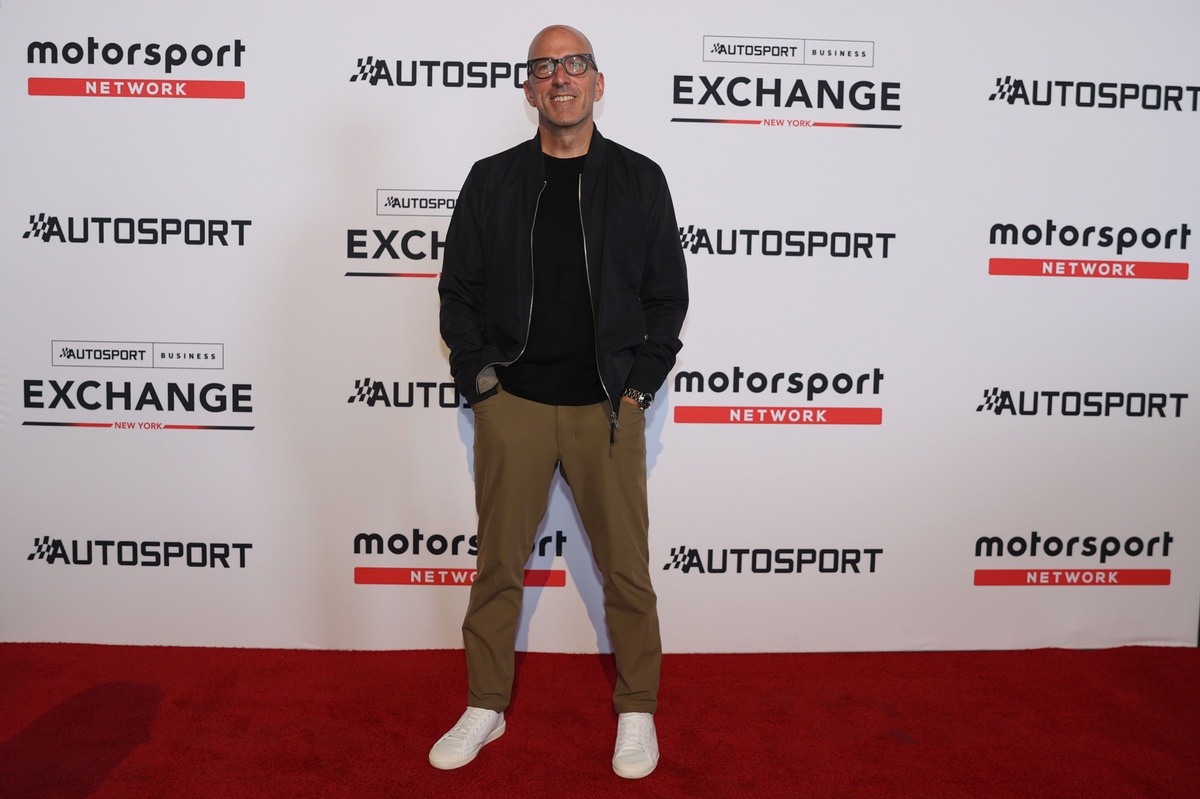
Indie beauty brands are steadily gaining market share in the creator economy through strategic approaches to influencer marketing that emphasize creator retention, precision spending, platform agility, and cultural relevance, according to a new report from Traackr.
The research, which analyzed 250 beauty brands across the US, UK, and France during the first half of 2025, revealed that smaller, founder-led beauty companies have increased their collective share of influence to 20.4% of the market, up from 19.1% in H1 2024 and 17.3% in H1 2023.
Community Building Drives Organic Growth
The report identified creator retention as a key differentiator for indie brands, with these companies achieving an average 48.3% half-over-half retention rate compared to 38.2% for portfolio brands owned by major beauty conglomerates.
This emphasis on maintaining ongoing relationships with creators produces tangible results, as indie brands derive 63.7% of their total attention from retained creators, compared to 55.7% for portfolio brands.
Notably, Huda Beauty leads all 250 brands analyzed, achieving a retention rate of 61.3% and deriving 85.1% of its total attention from returning creator partners.
The result is a stronger organic foundation, with indie brands generating 88% of their attention through organic content versus 64% for portfolio brands. Indies also secure higher engagement rates on organic content (2.43% per impression versus 2.18%) and more organic mentions per creator (3.7x versus 2.9x).


Precision Spending Amplifies Performance
While indie brands rely less on paid content amplification, they show greater efficiency with the paid content they do produce. According to the report, just 10.6% of indie brands’ paid posts are boosted, compared to 14.9% for portfolio brands.
The smaller brands’ more selective approach to paid amplification yields stronger results, with an average engagement rate of 1.28% on boosted content, compared to 0.48% for portfolio brands.
Indie brands also show greater restraint in their boosting strategy, with an average boost weight of 2.7x (views divided by creator followers) versus 4.4x for portfolio brands, suggesting more controlled spending that avoids overinflating views.
The research highlights that indie content receives a share and save rate of 0.14% per view on boosted content, more than three times higher than portfolio brands at just 0.04%.
Standout performers in paid content efficiency include Skin1004 (2.51%), Kosas (2.12%), Gisou (2.04%), Patrick Ta (1.72%), and Huda Beauty (1.70%), all achieving some of the highest engagement rates on boosted video content across the category.


Platform Agility Creates Early Advantage
The research identified platform agility as another key factor in indie brands’ success, particularly in their early adoption of YouTube at a time when social platforms are in flux.
According to the report, YouTube saw a 29% year-over-year lift in VIT (Vitality Score, Traackr’s measure of content performance) for H1 2025, fueled by a 44% surge in video views. Yet paid content saturation remains low, with just 33 average paid posts per brand on YouTube compared to 660 on TikTok and 434 on Instagram.
Indie brands are capitalizing on this opportunity, earning 8.4% of their total attention on YouTube compared to 5.6% for portfolio brands. They also drive deeper engagement on the platform, with an average 0.83% engagement rate per impression versus 0.57% for portfolio brands, and a 21.6% view rate compared to 15.5% for portfolio brands.
The report attributes this success to indie brands’ approach to YouTube content, which focuses on authentic foundation, lifestyle-first formats, discovery optimization, and long-form authority.
Cultural Relevance Through Responsive Strategies
The research highlighted cultural relevance as the fourth pillar of indie brand success, with these companies showing greater speed and responsiveness to cultural moments.
Notable examples include Rhode’s collaboration with 818 Tequila at Coachella, which brought skincare into festival culture; Glow Recipe’s Night Market pop-up, which turned skincare into a shared ritual; and e.l.f. Beauty’s response to creator-initiated trends, such as the viral “Halo Gloss remix” where the brand quickly amplified creator content after users began remixing the product into oversized bottles.
The report suggests these brands win by embedding in cultural moments people already care about and making them feel unmistakably tied to the brand, rather than creating one-off stunts.
Portfolio brands such as Laneige (with its donut shop activation) and NYX (through its Minecraft collaboration) have also found success by adopting similar strategies that anchor cultural hooks to product truths and design experiences for user-generated content.
Market Shifts Creating New Opportunities
The beauty industry is more crowded than ever, according to the report, with every brand producing more content, paying more creators, and flooding feeds. Yet attention isn’t keeping up, with engagement slipping and diminishing returns on paid promotion.
This creates an environment where growth is no longer led by the biggest spenders, but by brands that can create more meaningful creator relationships and content.
The data shows that while major beauty conglomerates remain strong at 48.6% market share of influence, their growth has plateaued with minimal year-over-year movement across key performance indicators. Meanwhile, rising indie brands are capturing momentum with the strongest year-over-year growth across every Key Performance Indicator (KPI).
Other competitors in the analysis (122 additional beauty brands) are losing traction, with declining performance across all metrics, suggesting market consolidation around power players and agile challengers.
Portfolio Brands Adopting Indie Playbooks
Some portfolio brands are successfully implementing strategies similar to indie approaches. L’Oréal Paris improved its creator retention rate by 10.4 percentage points half-over-half while growing its community size by 65%, through creative seeding, immersive experiences, and structured retention programs.
Laneige has also found success with precise content amplification, achieving a 1.54% engagement rate on boosted content (three times the portfolio average) while maintaining a light boost weight of 1.0x.
Michelle Kwak, Director of Public Relations & Experiential Marketing at Laneige, noted in the report: “For Laneige, showing up in culture isn’t about chasing every trend. It’s about leaning into the moments that feel naturally aligned with who we are as a brand: Korean science and innovation, sensoriality, and playfulness.”
Strategic Implications for Beauty Marketers
The research identified several strategic tensions that beauty brands must navigate to succeed in the current market.
For community building, the tension exists between marketing teams’ instinct to chase growth through acquiring more creators versus the value of creator retention in driving compounding awareness and deeper loyalty.
In content amplification, the challenge is balancing scale with precision, as portfolios already own scale, but need greater specificity in what they boost, while paid amplification should serve brand equity by focusing on moments and stories that differentiate the brand.
For platform strategy, the research notes that legacy beauty playbooks often stop at Instagram and TikTok, while teams lack the muscle to cash in on YouTube’s growing share of audience attention through its mix of Shorts, vlogs, and search-friendly formats.
In cultural relevance, large systems excel at control, but culture rewards fit and responsiveness, creating a tension between trend-hopping (which risks gimmickry) and over-planning (which risks irrelevance).
The report concludes that the most successful beauty brands, whether indie or portfolio, are those that invest in long-term creator relationships, amplify content selectively based on organic signals, adapt quickly to platform shifts, and embed authentically in cultural moments that align with their brand identity.
Image credit: Traackr
The full report is available here.
link






